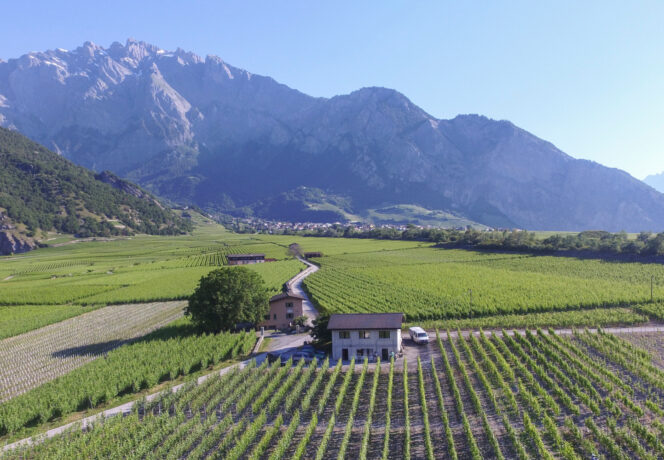
Archive
2,433 posts

A survey conducted in a Syrah population originating in Northern Côtes du Rhône (France) resulted in the selection of three new Syrah clones with highly promising characteristics, distributed by the Swiss certification sector.
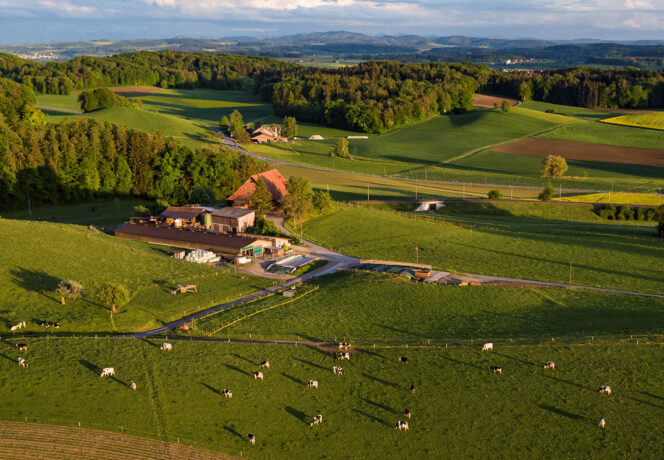
Agricultural Greenhouse Gas Calculator in Practice: Scope and Limitations
Greenhouse gas calculators can assist in identifying measures to reduce emissions on farms and in quantifying the effect these measures can have. For this to be successful, it is essential to know the scope and limitations of greenhouse gas calculators.
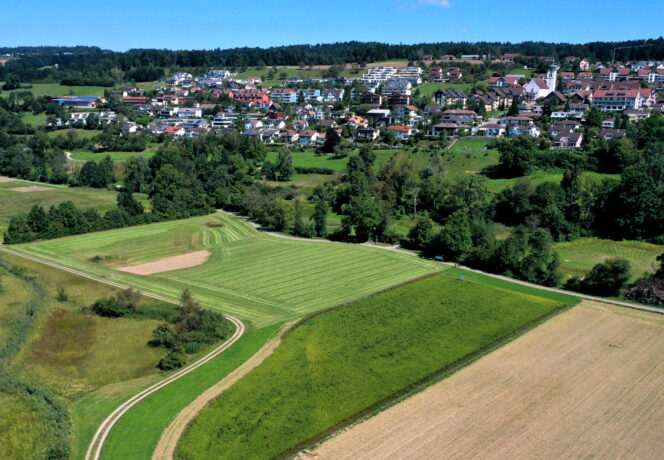
Effects of Selected Factors on Biodiversity in Swiss Agricultural Landscapes
Switzerland’s agricultural landscape harbours a great variety of species and habitats, some of which are endangered. This study sheds light on various direct and indirect, positive and negative factors influencing biodiversity.
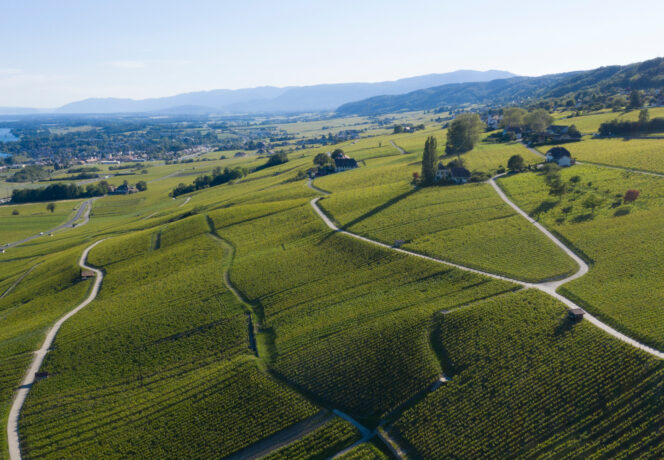
Leaf Canopy Management in Viticulture: Timing of the First Hedge Trimming
Delaying the timing of the first hedge trimming is of limited technical value in vineyard canopy management. Its impact on lateral shoot growth and must composition is minimal.
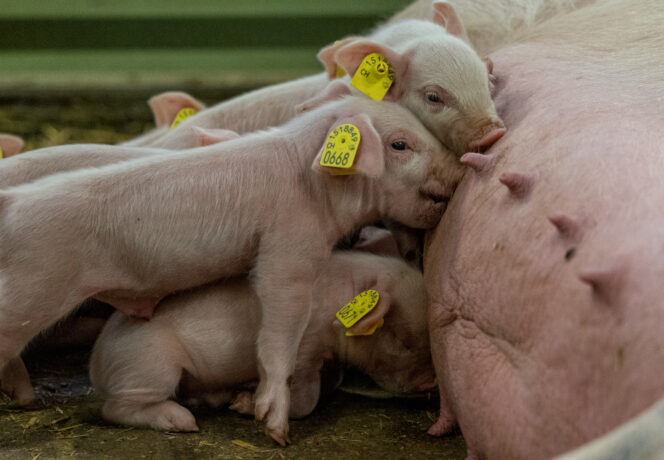
Dynamics of Bone Mineralisation in Sows and Phosphorus Excretion
Sows mobilise body reserves of phosphorus during lactation and replenish these reserves during gestation. Considering this dynamic allows us to envisage a reduction in dietary intake of phosphorus during lactation, and hence, of excretion into the environment.
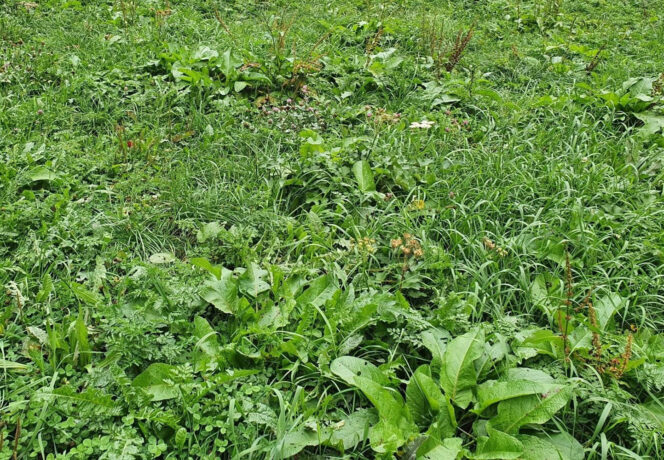
How to Limit the Spread of Broad-Leaved Dock
Broad-leaved dock is a problematic weed in permanent meadows and pastures. A European study led by Agroscope highlights the risk factors and recommends preventive measures.
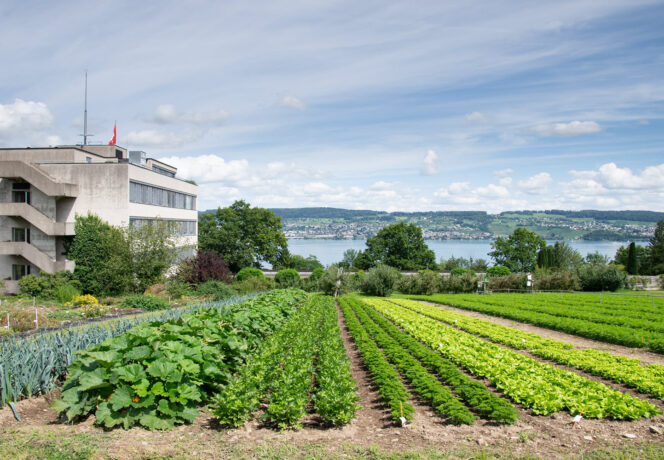
Co-formulants in Plant Protection Products and their Residues in Food
Plant protection products contain active substances and co-formulants. Agroscope studied the residues of co-formulants on treated plants for the first time, thereby furnishing the basis for assessing risks posed to consumers.
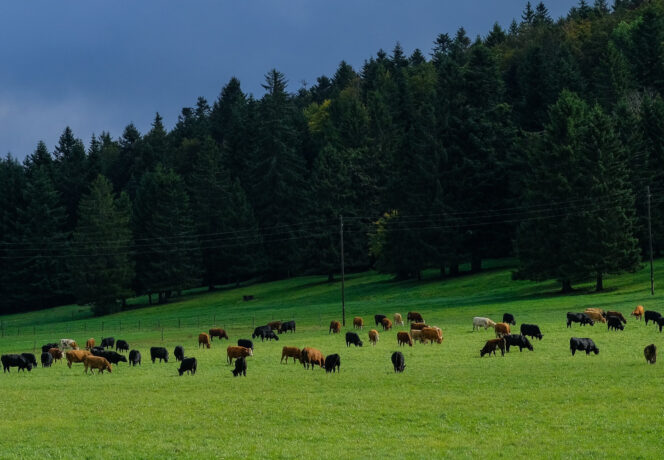
How Cost-Efficient is Organic Pasture Fattening?
Beef can be produced in various ways. Intensive fattening is more productive and extensive organic pasture fattening achieves higher prices – but which is more profitable? Agroscope compared the two production systems to learn the answer.

Impact of foliar nitrogen supplementation on Chardonnay and Sauvignon Blanc wines
The effectiveness of an application of foliar nitrogen at veraison depends on the initial level of vine nitrogen deficiency, an Agroscope study has shown. The threshold levels of assimilable nitrogen deficiency in the grape must are validated for Chardonnay but still need to be confirmed for Sauvignon Blanc.

Higher Plant Diversity in Organic Ecological Focus Areas
Organic farming has a positive effect on plant diversity in Swiss grassland, but ecological focus areas are needed support plant diversity more broadly.
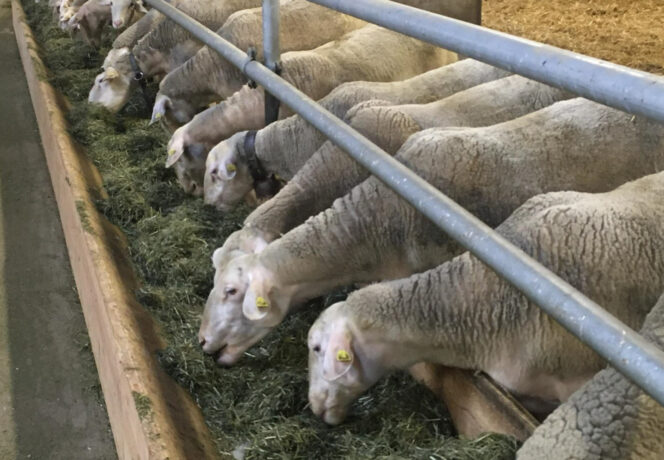
Forage-Based Mixed Rations for Dairy Sheep and Dairy Goats in Practice
Professionally managed dairy sheep and dairy goat farms are increasingly using mixed rations. The composition of rations fed in practice and the resulting milk yield potential were analysed.
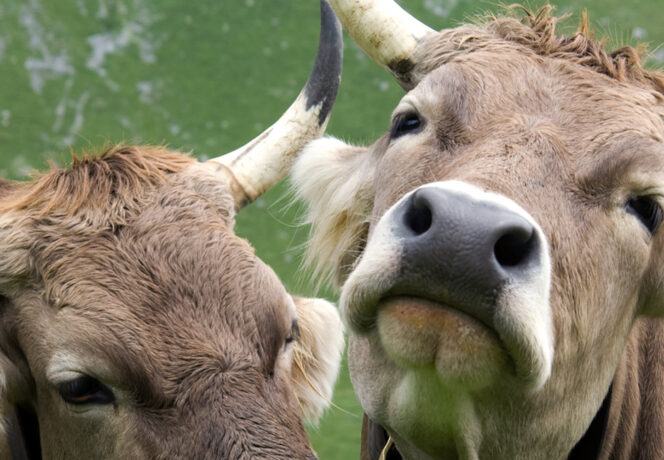
Consumers See Animal Welfare as a Key Agricultural Policy Goal
Agroscope researchers conducted an online survey to investigate the attitudes of Swiss consumers to agricultural policy goals in all three language regions. The results should help better shape agricultural policy.
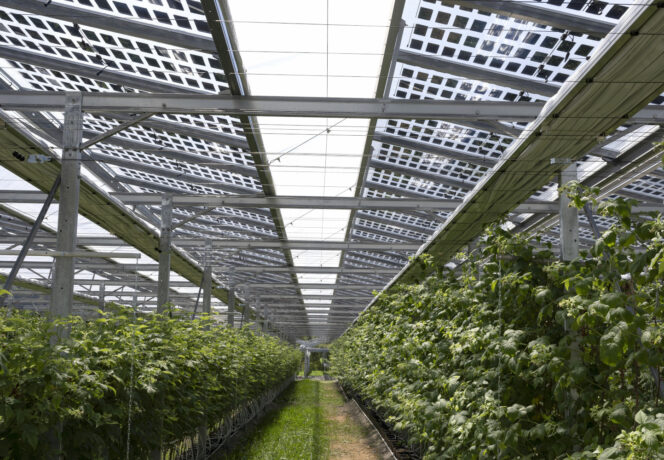
What Are the Most Promising Crops for an Agrivoltaic System?
Agrivoltaics combines energy generation and agricultural production on the same land. Although this system is eliciting increasing interest, its success depends on numerous factors and the most compatible crops have yet to be identified.

Quality of Silages from Intensively Managed Permanent Meadows
While botanical composition, growth cycle and phenological stage are integral factors, they are not the sole determinants of the quality of grass silages from intensively managed permanent meadows.
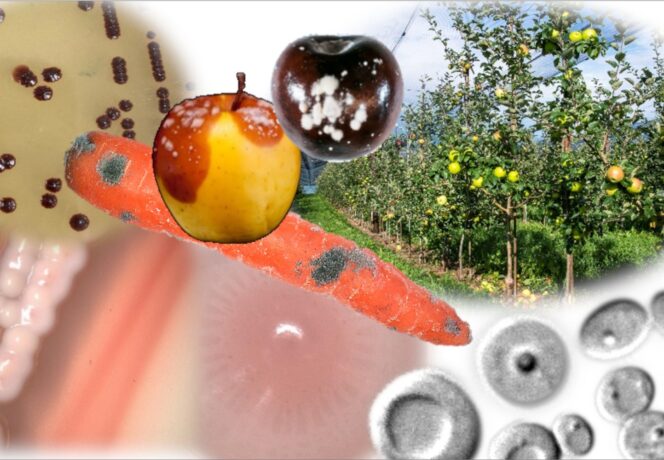
The Many Uses of the ‘Most Beautiful’ Yeast, Metschikowia pulcherrima
Metschnikowia pulcherrima is a naturally occurring yeast with applications in agriculture, the food industry and biotechnology. Agroscope is investigating this yeast in particular with regard to biocontrol applications in plant protection.

Impact of Soil Management Methods in Vineyards
Soil management lies at the heart of major global warming and sustainable viticulture issues. In this context, inter-row plant cover in vineyards comes with its share of benefits and drawbacks.

Producing Beef Economically on Grassland while Promoting Biodiversity
Grass-based beef production is markedly less productive than intensive year-round indoor-housing system-based production. Agroscope experts therefore studied how grass-based farms can produce both economically and in an ecologically sound manner.

Plant Protection Treatment by Drones: Risks for Residents?
Orchard crop spraying using unmanned aerial spraying systems commonly referred to as drones can lead to drift, posing a risk to residents and bystanders. The study shows that the risks arising from this are taken into account by the current registration process.
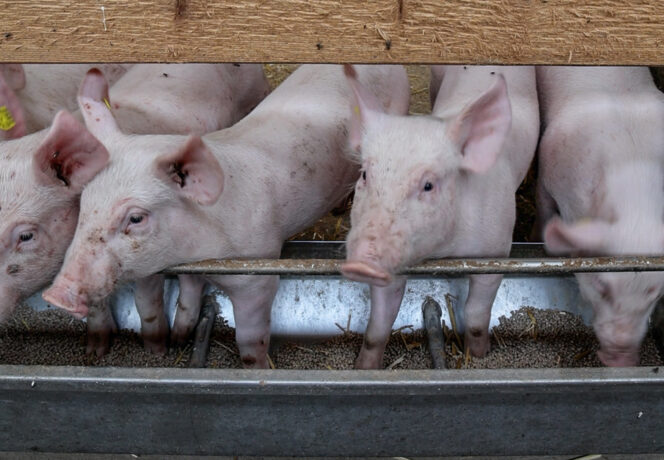
Using Former Food Products as Pig Feed Reduces Food Waste
Food that is unsuitable for human consumption does not affect the growth performance or carcass composition of pigs to which it is fed. This makes it a promising solution for reducing food waste.
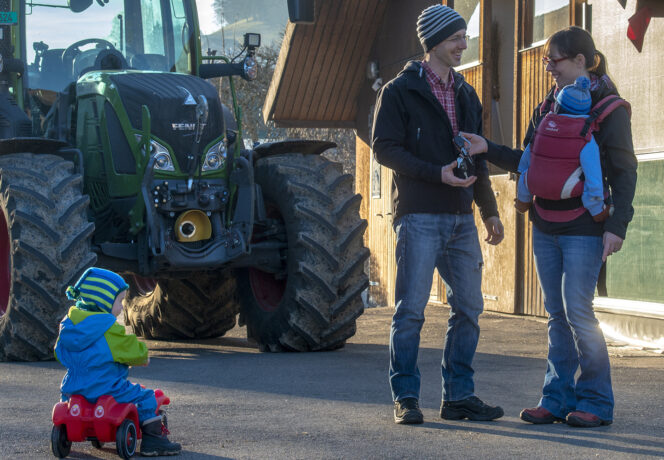
Farmers’ Identity and Farm Type Determine Their Perception of Social Sustainability
How do farmers experience social sustainability on their farms? As an Agroscope study shows, this depends on farmers’ identities and farm types.
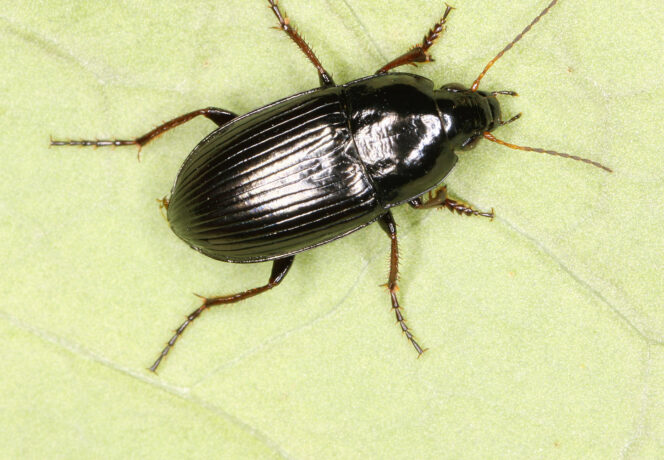
Conversion to Organics – Promotion of Species Diversity Can Often Only Be Detected After Some Considerable Time
Trials conducted by FiBL have shown that conversion to organic farming also promotes endangered Red List species such as the carabid beetle species Amara tricuspidata. This species and other species consume seeds of forbs and grasses and thus supports natural weed control.
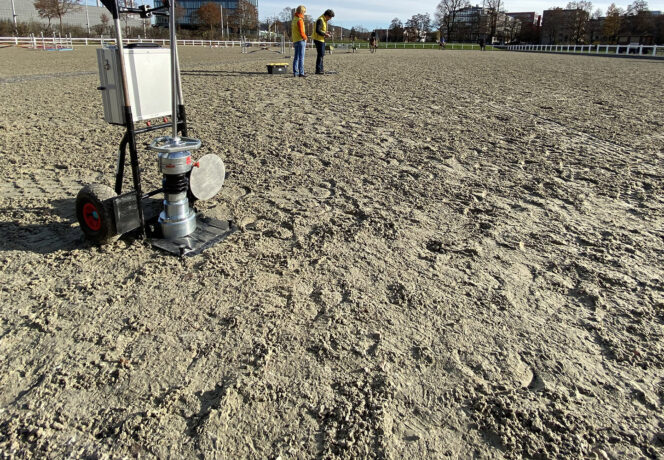
Functional Properties of Equestrian Arena Surfaces: Temporal and Spatial Variations
Horses are ridden or driven on a variety of surfaces, which differently absorb the impact forces exerted on hooves, limbs and the horse's entire body. Objective measurement of the functional properties of equestrian arena surfaces is therefore of great importance.

SALCA Method Updated for more Accurate, Flexible and Comparable Environmental Assessments
The SALCA life cycle assessment method was comprehensively updated in light of new needs, systematically documented and reviewed by external specialists. This will allow a wide range of research issues in the agriculture and food sector to be addressed.
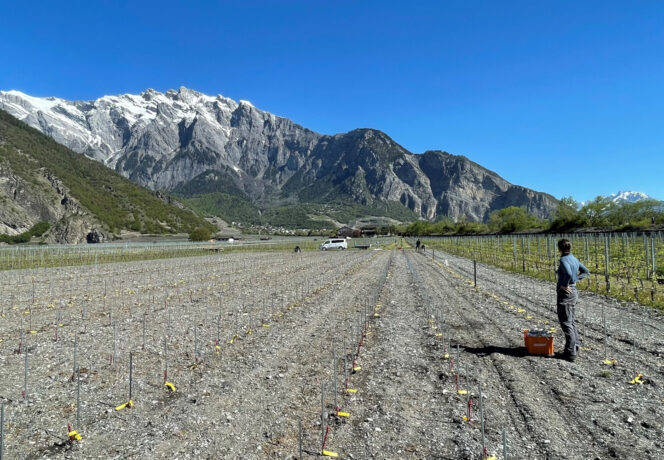
Safeguarding the Genetic Diversity of Arvine
A programme has been launched for safeguarding the genetic diversity of Arvine, a grape variety formerly cultivated in Valais. Directed selection would make it possible to exploit this variety's biodiversity and to meet the ecological and economic challenges of the future.
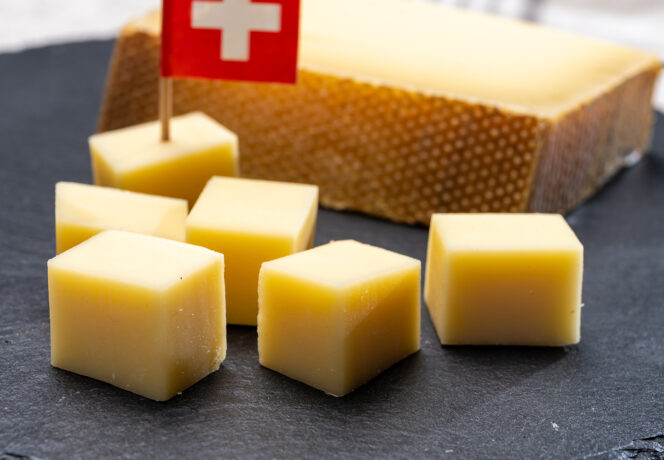
Swiss Cheese Export Potential and Future Opportunities
Cheese stands out as one of the main Swiss agricultural trade offensive interests. Outside the EU, the USA are an important export destination. The CAPRI model allows to assess the impact of a free trade agreement for cheese between the USA and CH.
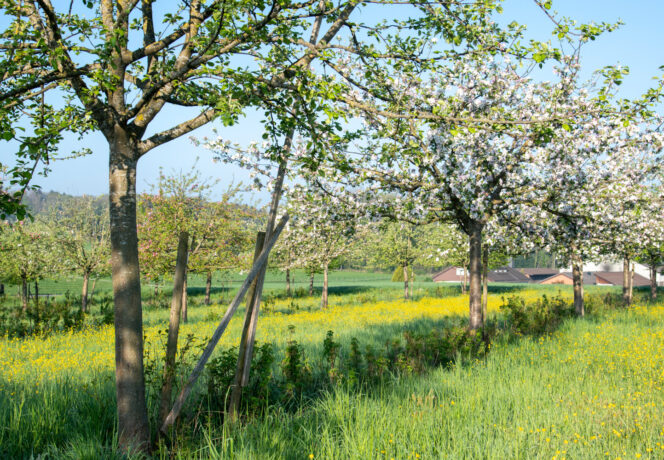
Various Factors Limit Soil Carbon Storage Potential
Net zero emission targets can only be achieved by removing carbon dioxide from the atmosphere. Agroscope has modelled soil carbon storage, food production and agricultural greenhouse gas emission trends for Switzerland.

How Much Livestock Does Switzerland Need for Optimal Land Use?
Livestock can convert grassland and by-products into valuable food. But how many animals would Switzerland need if arable land were primarily used for food production instead of animal feed?
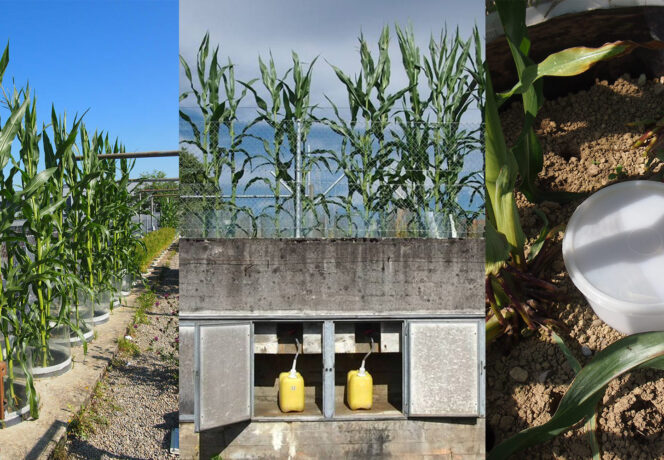
Impoverished Soil Life Reduces Nutrient Efficiency and Increases Environmental Pollution
Nutrient losses in agricultural production are a global problem. A lysimeter test now shows that soil organisms can make a major contribution to increasing nutrient use efficiency in arable farming and reducing nutrient losses.
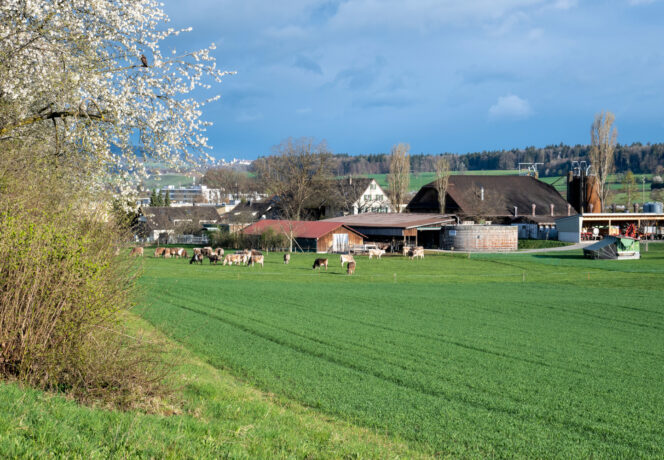
How Can We Assess the Agroecological Status of Swiss Farms?
Agroscope researchers tested the FAO method for assessing the agroecological status of farms in Switzerland for the first time, demonstrating the advantages of a holistic evaluation as well as the limits of the tool.

Extending the Productive Life of Dairy Cows: Who Has a Say?
Which stakeholders in the dairy sector have an influence on the productive life of dairy cows? Research results from FiBL and Agroscope suggest that broad-based cooperation is needed to create structures for a longer productive life.